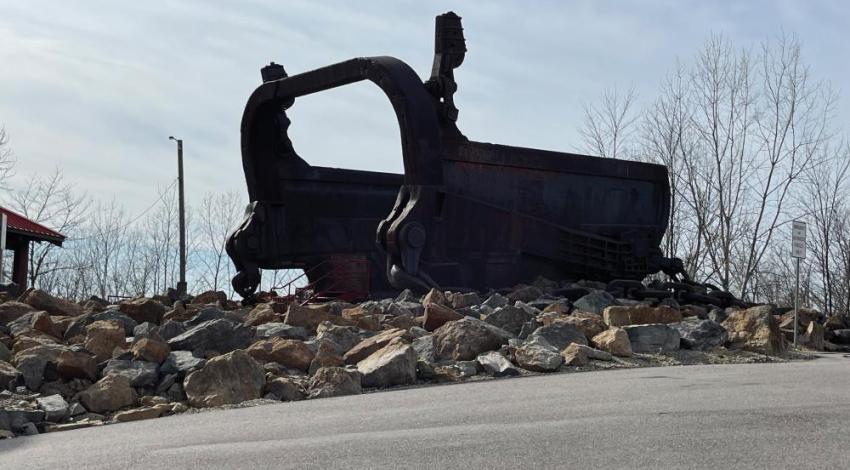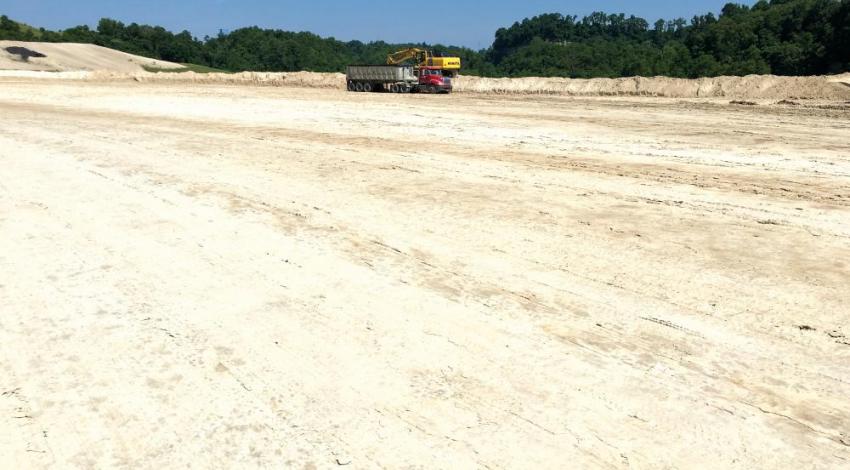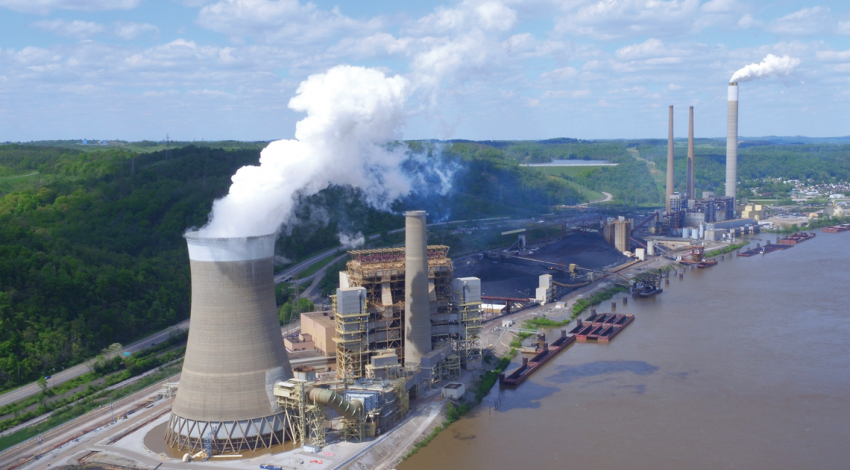coal
The Cardinal Power Plant is difficult to miss.
A byproduct with value
In simple terms, the act of combustion produces heat, water, and carbon dioxide, and depending on the fuel being burned — in this case, coal — there are other byproducts.
Ohio’s electric cooperatives have invested more than
$1 billion in environmental systems to keep most of those other byproducts contained. One such system, the scrubbers, removes sulfur dioxide and converts it to synthetic gypsum. Synthetic gypsum has many uses, and it’s a key component in wallboard used in homes and businesses.
We are becoming all too familiar with the unpleasant reality of high inflation rates for nearly everything we buy. A significant factor in the higher cost of goods and services is the runaway price of most forms of energy — the price of crude oil, gasoline, natural gas, coal, and propane have all increased, by 30, 40, even 50% over the past year.
Over the last few months, Ohio Cooperative Living has taken a look at why we still need coal — an analysis of cost and reliability factors of different generation resources; a review of the sources of electricity used to power Ohio’s co-op member homes and businesses; an ex
ADDING TRANSMISSION
Hundreds of billions of dollars will be needed to build and upgrade the transmission system to carry more electricity from wind and solar. An MIT study found transmission capacity will need to be doubled, and recent transmission projects have taken as long as 17 to 20 years to complete.
Consumer-members of Ohio electric cooperatives understand the benefits of renewable energy sources like wind and solar — endless supplies that can’t be used up, with little to no carbon footprint.
Why can't we switch to all renewables?
In a word, reliability. Ryan Strom, manager of power delivery engineering services for Buckeye Power, says, “A lot of people don’t realize when they’re using electricity at home, there is a power plant actively running to support that.” Electricity is produced as you’re using it, not stored for when you need it.
It’s clear that coal is no longer “king.” It’s also clear, though, as our associate editor, Rebecca Seum, explains succinctly in her story, that it’s still an essential element of a reliable power generation s
The use of coal as a fuel source for electricity production has been on the decline because of increasing environmental requirements and the decreased costs for alternatives like natural gas and renewable generation sources. Concerns about the level of carbon dioxide emissions from coal generation further limit its future use, but the practicality and, yes, the reliability, of coal are undeniable. The truth of the matter is that fossil fuels, including coal, play an essential role in keeping the nation’s lights on.














